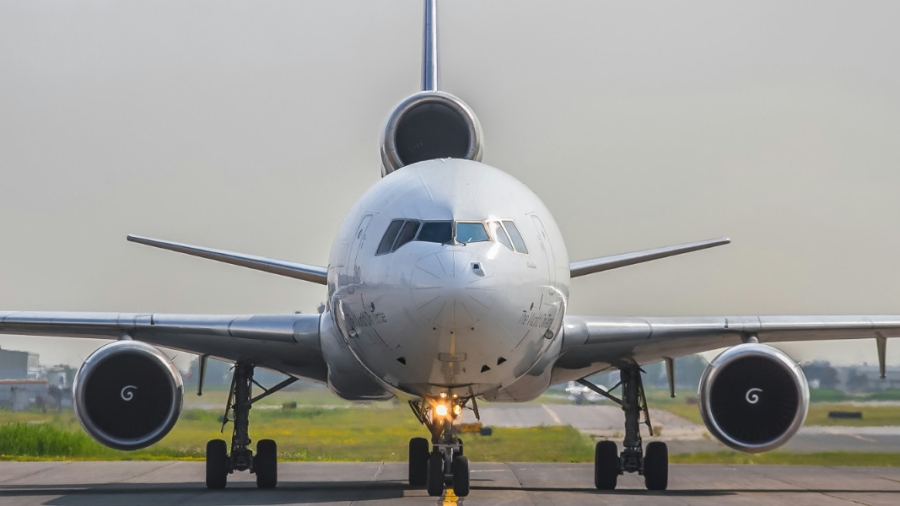The global airfreight industry recently faced a significant challenge due to the CrowdStrike Windows outage on July 19, which caused thousands of flight cancellations at a time of surging demand. However, new data from Xeneta shows that airfreight operations bounced back remarkably fast, returning to normal levels just nine days after the disruption.
Wenwen Zhang, an airfreight analyst at Xeneta, told *American Shipper* that despite the IT failure causing cargo backlogs, the airfreight sector quickly adapted. During the outage, the cargo load factor—a key metric that compares available capacity to the volume or weight of goods flown—increased by up to 4 percentage points for some airlines compared to the previous week. By July 28, most airlines had restored their cargo load factors to pre-outage levels.
“Most flight cancellations were quickly reversed, and air cargo once again showed resilience,” Zhang said. “This was aided by the increased number of passenger flights due to summer travel, which provided more belly capacity for cargo.”
Strong Demand and Rising Spot Rates
According to Xeneta, air cargo load factors in July were up 5 percentage points year over year, reaching 59%. This growth, particularly in a traditionally quieter time for airfreight, was driven largely by strong e-commerce demand. Zhang noted that July marked the sixth consecutive month of general cargo spot rate increases, signaling continued pressure on capacity as logistics managers prepare for the peak season later in the year.
“Shippers and freight forwarders have real concerns ahead of the traditional peak season because there is going to be a scramble to secure capacity, which means increasing rates,” Zhang explained.
Indeed, July spot prices for air cargo surged by 13% compared to the same period last year, with the global average spot rate for the last week of July hitting a yearly high of $2.70 per kilogram. This steady increase reflects the rising demand for air cargo services, which shows no signs of slowing down.
The Impact of E-Commerce and Ocean Freight Disruptions
Zhang attributed much of the demand growth to the booming e-commerce sector, particularly from China. Major online retailers like Temu and Shein are pushing huge volumes of goods through global airfreight channels, putting additional pressure on capacity.
Moreover, disruptions in ocean freight services due to conflicts in the Red Sea have led some shippers to turn to airfreight as a more reliable option to safeguard their supply chains. Despite this, air cargo supply grew at a modest rate of just 2% year over year in July, further intensifying the pressure on already strained logistics networks.
“Global air cargo supply chains are under huge pressure in 2024, with increasing demand far outstripping supply growth,” Zhang warned. “The last thing shippers needed was the global IT failure on July 19, which saw thousands of flights delayed and canceled at major airports worldwide.”
A Balancing Act for Carriers
As airfreight carriers navigate the increasing demand, they face the challenge of balancing the needs of various customer groups. Zhang pointed out that while e-commerce giants like Temu and Shein bring in large volumes of cargo, carriers must also consider their broader customer base. As capacity becomes limited later in the year, carriers will have to make strategic decisions about which customers to prioritize.
This balancing act will be critical as the airfreight industry heads into peak season, with logistics managers keeping a close eye on capacity and rates. Zhang’s analysis underscores the resilience of airfreight in the face of disruptions but also highlights the challenges ahead as demand continues to outpace supply.
For shippers, the message is clear: securing capacity early and staying agile will be key to navigating the increasingly competitive air cargo landscape in the months to come.



